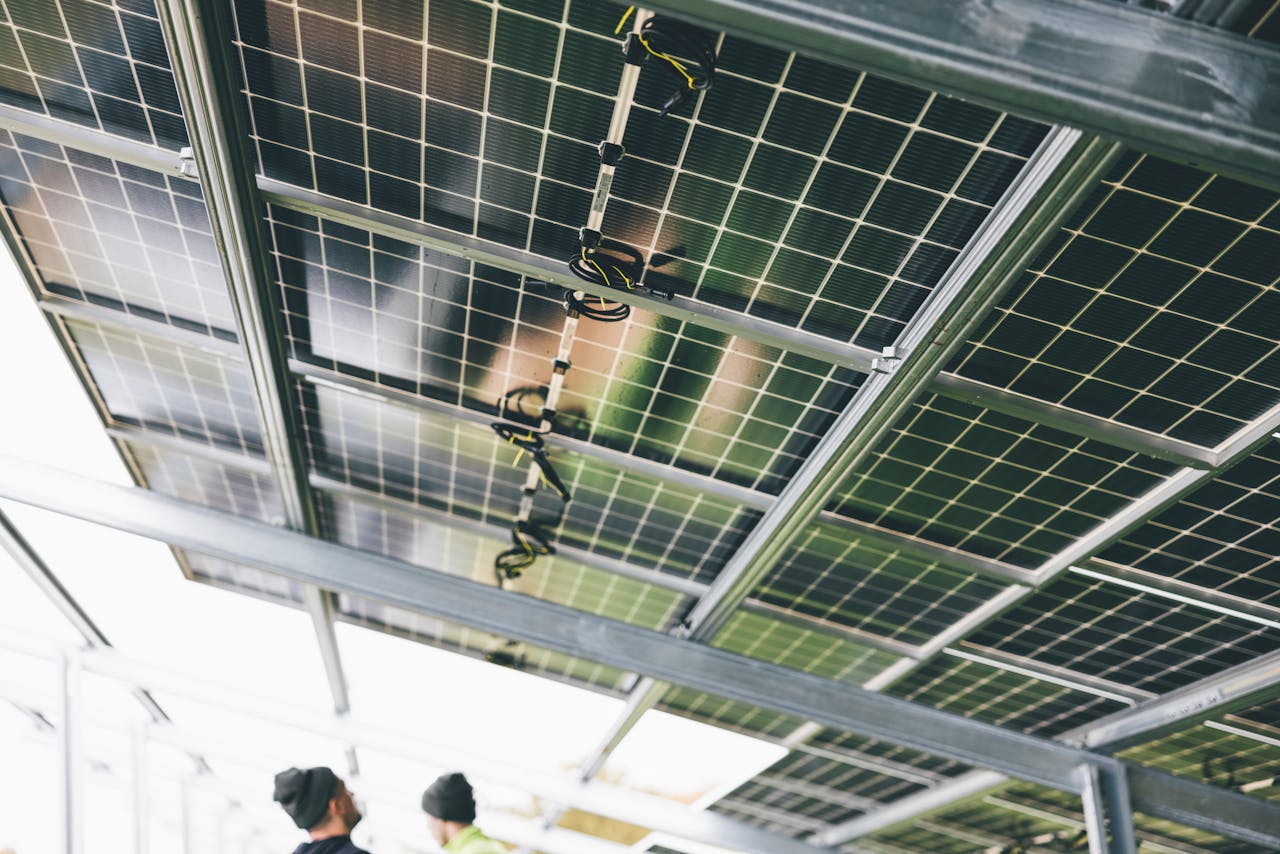Pakistan’s ambitious goals to elevate its solar energy capacity could significantly alter its energy landscape. This blog post delves into the innovative strides and persistent challenges within the burgeoning solar sector in Pakistan.
Innovative Strides in Solar Energy
Expanding Capacity and Technology Pakistan is actively planning to augment its solar capacity by an additional 9 gigawatts (GW) through a new auction strategy. This substantial increase involves a mix of large-scale projects, medium-scale installations, and rooftop solar systems, aiming to boost the current solar infrastructure substantially1.
Digital and Storage Solutions At the forefront of innovation, companies like Sungrow are introducing cutting-edge technologies such as hybrid inverters and energy storage systems in Pakistan. These advancements are crucial for reducing energy costs and enhancing the reliability of solar power systems2.
Solar and Smart Grid Integration The integration of solar energy with smart grid technologies is set to revolutionize Pakistan’s energy systems. This integration facilitates more efficient management and distribution of solar energy, optimizing its use across various sectors3.
Challenges to Solar Energy Adoption
Financial and Regulatory Hurdles Despite the promising advancements, the solar sector in Pakistan faces significant challenges. Financial barriers, such as the high initial costs and lack of favorable financing, are major impediments. Additionally, regulatory challenges continue to stifle the rapid deployment and integration of new technologies4.
Infrastructure Needs The current grid infrastructure in Pakistan requires substantial upgrades to accommodate the intermittent nature of solar power and to manage the increased load from widespread solar adoption. This is essential for minimizing losses and ensuring stable energy supply5.
While Pakistan is poised for a solar revolution, bridging the gap between technological potential and practical implementation remains crucial. Continued innovation paired with supportive policies and infrastructure development will be key to overcoming the challenges and realizing the vision of a sustainable energy future.
Stakeholders at all levels must collaborate to foster an environment that encourages solar energy adoption. This includes government support for policy reforms, private sector investment in technology, and public engagement to raise awareness about the benefits of solar energy.


